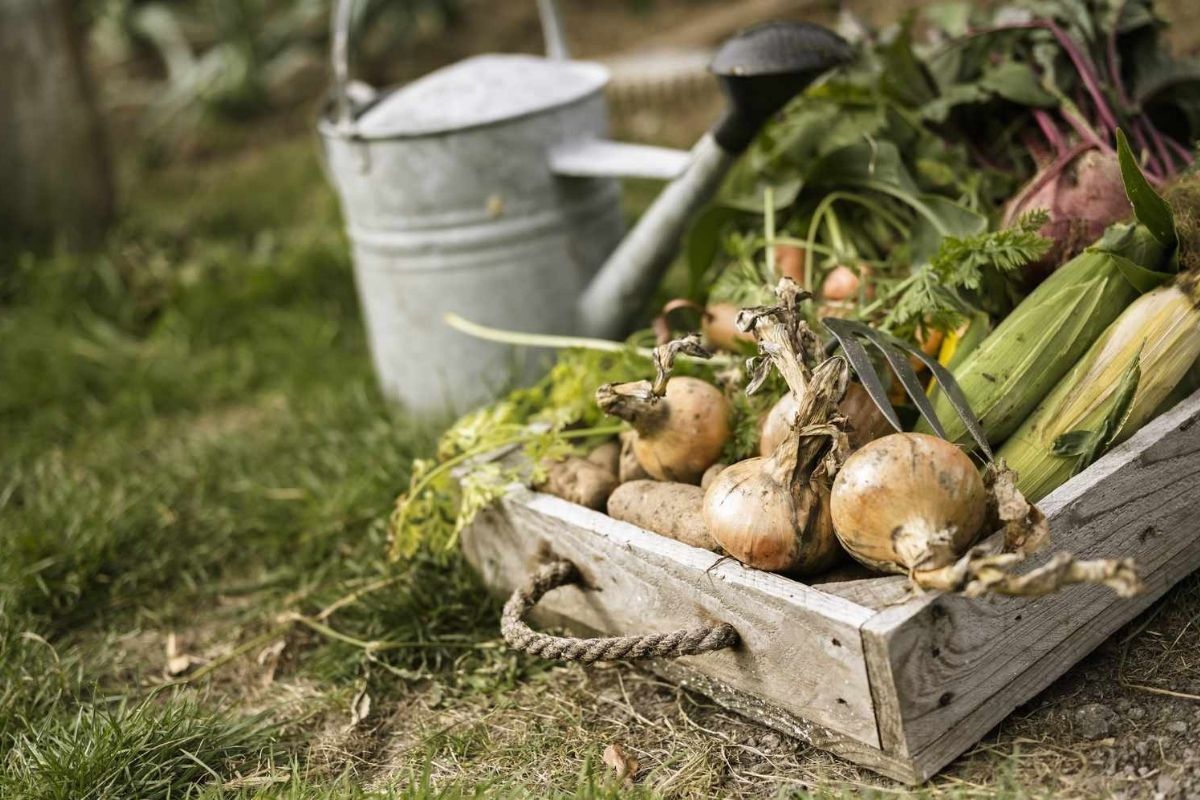
Homesteading is more than just a lifestyle; it's a journey back to basics. Ever wondered what it takes to live off the land, grow your own food, and become self-sufficient? Homesteading offers a unique blend of farming, gardening, and DIY skills that can transform your life. Whether you're dreaming of a small backyard garden or a sprawling rural farm, this guide will provide you with 26 fascinating facts about homesteading. From the history of the Homestead Act to modern-day tips for sustainable living, you'll find everything you need to get started. Ready to dig in and learn more about this rewarding way of life? Let's get growing!
What is Homesteading?
Homesteading is a lifestyle of self-sufficiency. It involves growing your own food, raising animals, and making household items. This way of life is gaining popularity as people seek to live more sustainably.
-
Homesteading began in the 1860s with the Homestead Act in the United States, which provided 160 acres of public land to settlers for a small fee.
-
Modern homesteaders often use solar panels and wind turbines to generate their own electricity.
-
Canning is a common practice among homesteaders to preserve fruits, vegetables, and meats for long-term storage.
-
Many homesteaders keep chickens for fresh eggs and meat.
-
Composting is essential for creating rich soil to grow healthy plants.
Benefits of Homesteading
Living a homesteading lifestyle offers numerous advantages. It can improve health, reduce environmental impact, and save money.
-
Growing your own food ensures that it is organic and free from harmful pesticides.
-
Homesteading reduces your carbon footprint by minimizing the need for transportation and packaging.
-
It can be a great way to save money on groceries and utilities.
-
Homesteading promotes physical activity through gardening, animal care, and other chores.
-
It fosters a sense of community as homesteaders often share resources and knowledge with each other.
Challenges of Homesteading
While rewarding, homesteading comes with its own set of challenges. It requires hard work, dedication, and a willingness to learn.
-
Time management is crucial as there are always tasks to be done.
-
Weather can be unpredictable and affect crop yields and animal health.
-
Pests and diseases can threaten plants and animals, requiring constant vigilance.
-
Initial costs for setting up a homestead can be high, including land, equipment, and supplies.
-
Homesteading requires a broad range of skills, from carpentry to animal husbandry.
Homesteading Skills
Successful homesteaders possess a variety of skills. These skills help them manage their land, animals, and resources effectively.
-
Gardening is essential for growing fruits and vegetables.
-
Animal husbandry involves caring for livestock such as chickens, goats, and cows.
-
Preserving food through methods like canning, drying, and fermenting ensures a year-round supply.
-
Carpentry skills are useful for building and repairing structures on the homestead.
-
Sewing and mending clothes can save money and reduce waste.
Homesteading Community
The homesteading community is a supportive network of like-minded individuals. They share tips, resources, and encouragement.
-
Online forums and social media groups provide a platform for homesteaders to connect and share experiences.
-
Workshops and classes offer hands-on learning opportunities for new and experienced homesteaders.
-
Bartering is a common practice among homesteaders, trading goods and services without using money.
-
Local farmers' markets are great places to sell surplus produce and handmade goods.
-
Homesteading conferences bring together experts and enthusiasts to share knowledge and innovations.
Homesteading and Sustainability
Homesteading promotes sustainable living practices. It encourages reducing waste, conserving resources, and living in harmony with nature.
- Rainwater harvesting systems collect and store rainwater for irrigation and household use.
Homesteading: A Way of Life
Homesteading isn't just a hobby; it's a lifestyle choice that brings self-sufficiency, sustainability, and a deeper connection to nature. From growing your own food to raising livestock, it offers a rewarding experience that teaches valuable skills and fosters a sense of accomplishment. Whether you're in a rural area or an urban setting, anyone can start small and gradually expand their homesteading efforts.
The benefits go beyond just the practical—homesteading can improve mental well-being, reduce stress, and create a stronger sense of community. Plus, it’s a great way to reduce your carbon footprint and live more sustainably.
So, if you’re looking to embrace a simpler, more fulfilling way of life, homesteading might be the perfect path for you. Start with a small garden, learn to preserve food, or even try your hand at raising chickens. The journey is as rewarding as the destination.
Was this page helpful?
Our commitment to delivering trustworthy and engaging content is at the heart of what we do. Each fact on our site is contributed by real users like you, bringing a wealth of diverse insights and information. To ensure the highest standards of accuracy and reliability, our dedicated editors meticulously review each submission. This process guarantees that the facts we share are not only fascinating but also credible. Trust in our commitment to quality and authenticity as you explore and learn with us.
